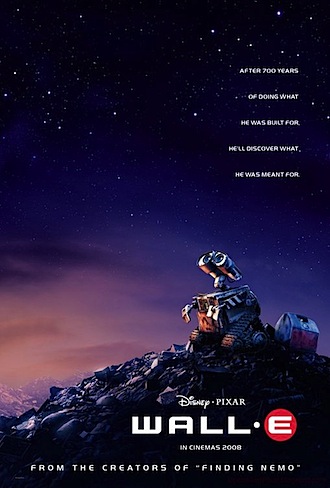When I first visited this country back in 1982 we flew across the Pacific Ocean in daylight and from my window seat I got a birds eye view of ……
Read More
The theme for the week seems to be romance and some of the finest love stories of recent (or in fact any) year have just made their way to our…
Read More

This week I’ve had my intelligence insulted by the very best. Steven Spielberg is credited as Executive Producer of Eagle Eye, but if he spent more than one meeting overseeing…
Read More

Back in the 70s, when I was about 8 years old, I watched a film on TV called Silent Running. In it Bruce Dern and three little robots tended the…
Read More
